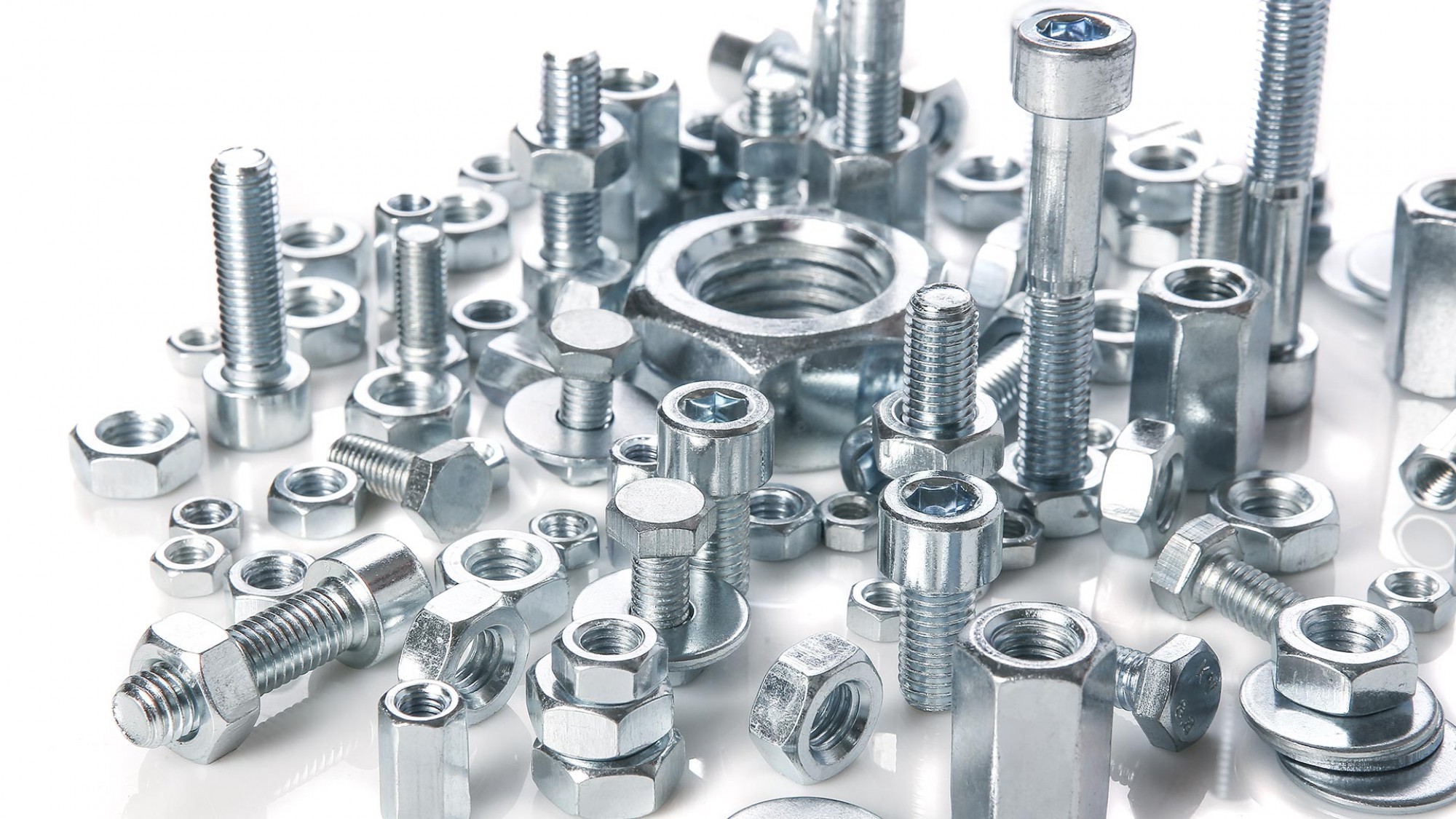Rectangular Head Screws for Industrial Plants
In the industrial plant sector, the choice of fastening elements has a significant impact on the efficiency, safety, and durability of the system itself. Rectangular head screws are a widely appreciated solution where space is limited and fastening reliability is critical.
Among the most commonly used solutions, AISI 304 stainless steel screws with parallelogram heads stand out for their versatility, easy installation, and resistance in medium-aggressive environments.
These screws should not be confused with hammer head bolts: their specific geometry is designed to optimize mechanical hold in precise applications such as T-slots, modular profiles, and electrical panels.
Technical Specifications
The screw described here features an M8 x 20 shank with a parallelogram head (also described as "rectangular" for simplicity), made of AISI 304 stainless steel. The head dimensions are 21 mm x 9.2 mm, with a height of 6 mm. Laser marking is used to permanently identify the material, ensuring traceability in compliance with industrial specifications.
AISI 304 stainless steel (X5CrNi18-10) belongs to the A2 stainless family (nickel-chromium), which includes AISI 303, AISI 304L, and AISI 305. It is widely used in the food, chemical, and industrial plant sectors, and in its solution-annealed state, it provides good corrosion resistance against numerous substances.
While it is less resistant than AISI 316 (A4) in highly corrosive environments, AISI 304 offers an excellent balance between cost, workability, and corrosion resistance in standard conditions.
Discover more characteristics of materials for special fasteners.
Typical Applications
Parallelogram head screws are commonly used in the following areas:
- Electrical panels on ships, trains, or industrial systems
- Photovoltaic systems, for securing panels to support structures
- Industrial machinery in technical or semi-aggressive environments
- Modular brackets and supports, including T-tracks and technical channels.
Key Advantages of Rectangular Head Screws in Industrial Settings
Rectangular (or rather, parallelogram) head screws offer several advantages:
First and foremost, quick insertion and automatic locking, without the need for disassembly or complex procedures. The head slides into the slot and rotates to lock in place, offering secure fastening even in confined spaces.
Additionally, these screws provide a large bearing surface without exceeding the shaft dimensions. This allows for optimal distribution of clamping force, reduces deformation, and ensures a stable connection.
It's worth noting that the custom screws supplied by EFS are not strictly rectangular: their inclined parallelogram head further reduces the risk of unintentional loosening due to vibrations or micro-movements—frequent in electrical enclosures or mobile machinery.
Lastly, the simple installation translates to faster assembly times, a key benefit especially in elevated or difficult-to-access installations.
Reference Standards
There is no specific standard regulating parallelogram head screws, as they are typically custom-designed components. Nevertheless, their design and production should comply with key standards such as:
- ISO 898-1 for mechanical properties of carbon and alloy steel fasteners
- ISO 3506-1 for mechanical properties of stainless steel fasteners
- EN ISO 4762 / 4017, if referencing standard threaded bodies
- For industrial plants, the PED Directive 2014/68/EU may apply, requiring traceability and certified materials for pressurized systems
In many cases—especially in industrial or naval environments—the following are also required:
- Permanent marking of the material (as shown in the laser-marked sample)
- Declaration of conformity to project or regulatory requirements
- Optional compliance with specific sectoral directives.
Conclusion
These rectangular head screws are not off-the-shelf products: EFS supplied them on drawing and by order, adapting to each customer’s specific needs. This approach makes it possible to optimize geometry based on the mounting interface, profile thicknesses, and environmental conditions.
In the industrial sector, where every detail counts, having access to a fastening element that simplifies installation and improves grip—even in tight spaces—is a tangible competitive advantage.
Sources:
Stainless Steel Corrosion Resistance – AISI 304 (PDF)
Standards:
ISO 898-1:2013
ISO 3506-1:2020
PED Directive 2014/68/EU



